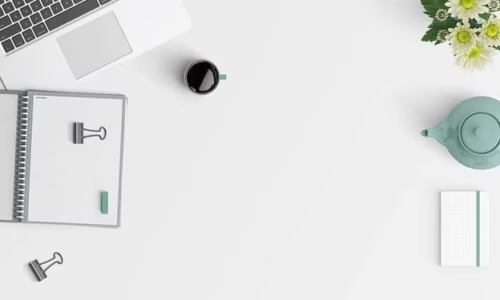

You need a plan to turn a dream into reality. That includes a to-do list, actionable goals and a schedule. If you want to turn the dream of a product into a reality, you’ll need far more to get it from a rough sketch to retail shelves. Let’s learn about the process for turning an idea into a product. And we’ll provide a few tips for when you’re ready to get it out the door into the world.
Have a Plan
For most potential products, you have a design in mind. If you’re lucky, it is a variation of an existing item. It may be as simple as adding a handle or lip to an existing product. Or it may be a smaller version of the current item. It may be as complicated as a complex 3D diagram with a long parts list. Many innovators are somewhere in between. They have a rough outline of the potential product or the design, but they don’t have a parts list, much less a marketing plan. But you have to have a sketch, even if it is “a combination of A and B”.
Work on Your Business Plan
You need to work on your business plan as you work on the design. Will you be selling it to other businesses for use in their business? Will you try to sell the product to the public yourselves? Or do you want to tap into the wholesale market, selling it to retailers who will put it on their shelves? The intended buyer will influence various aspects of the design from price points to quality standards. This is also the point where many innovators struggle. How will you raise money to pay for prototyping and market research? It is easier to raise money with a basic prototype on hand than with a generic business plan, though prototyping itself costs time, money or both. A good proposal may generate money on a crowdfunding site or lure investors.
Refine Your Idea
If you have a fully fleshed out design, you should still discuss it with others. You might benefit from advice on how to make it easier to assemble and with off the shelf parts. That lowers the cost to produce it. That may allow you to lower the price point and sell more of them, or it will simply increase your profit margin. A rough outline requires several iterations to get to a good final design. You could work with a prototyping shop to come up with working electronics based on your basic circuit design. Have each generation of the design thoroughly tested. It should be tested for functional requirements and for approval by intended end users. Their feedback may tell you how to improve the product or give you ideas for new, niche products.
Finalize the Design
Finalize the design before you start signing contracts. You can’t afford to deliver something that doesn’t meet retailer’s expectations. You can’t sell something that now costs several dollars more than you quoted because you made a few last minute changes. This is a good time to double check your business plan. How will you accept orders and verify they’ve been shipped? Test your billing and shipping processes. Determine how you’ll accept returns and resolve issues before you start shipping them out the door.
Deliver on Your Business Plan
Whether you had initial orders through a crowdfunding site or wholesalers, this is the time to deliver on your business plan. It could be as simple as turning on the shopping cart and online ads for your website. Don’t forget that customer service continues after the sale. Monitor social media chatter regarding the product for problems from the design to order fulfillment.